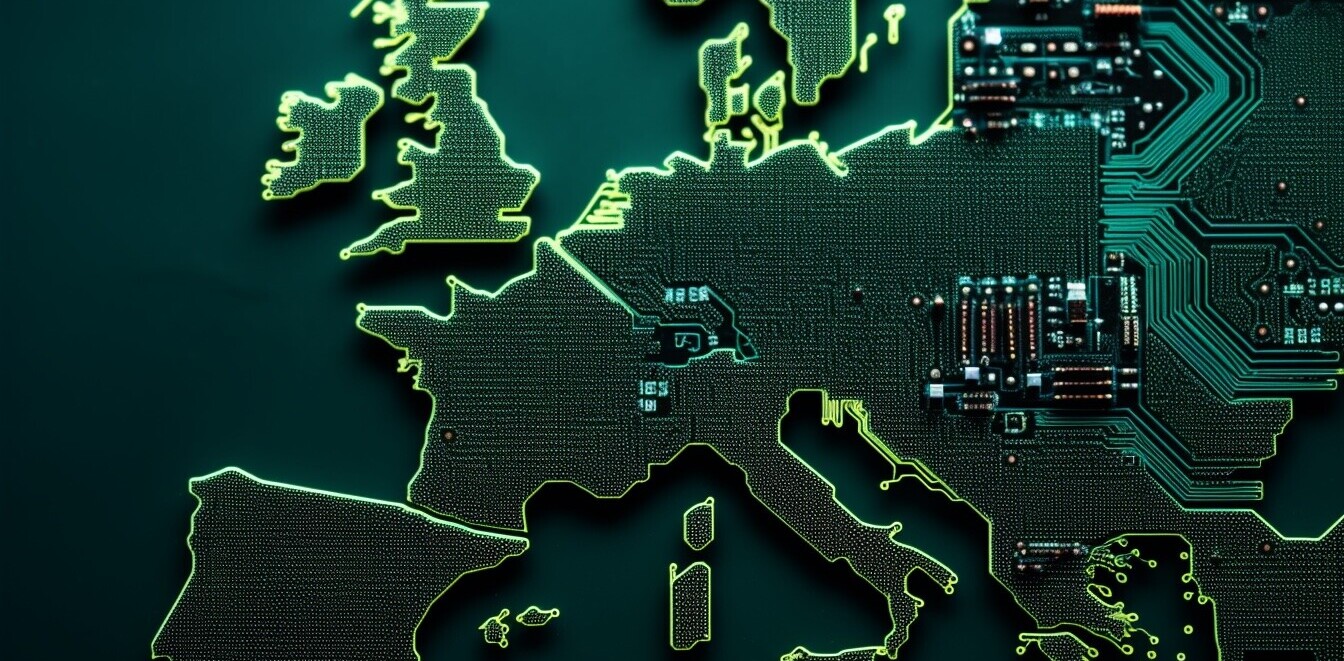
In my previous job at a startup based in Amsterdam, my job description was – how to put this – ‘flexible’. As a non-technical member of a company developing a new kind of scalable, real-time graph database that was still under development, possibilities for marketing were limited, sales would be preliminary, and branding was still dependent on positioning.
As any early-stage startup member, I had to find something to do that would contribute to the company. I had a vague inkling that the European Commission had made vast quantities of funding available to SMEs for innovative ideas, but no idea where to start looking.
This led me on a bureaucratic quest to find out how we could get a slice of that pie. And let me tell you, it was not easy. Which is exactly why I want to share what I learned with you, because finding EU funding can be a great stopgap between bootstrapping and more serious financing rounds –– or just building your way to revenue without dilution.
Let me tell you about cascade funding.
For this article, I spoke to many people involved at some point in the cascade, and all of them agreed this type of funding is shamefully unknown and hard to navigate as a time-strapped startup employee, while still offering significant financial and business support to fledgling projects.
What is cascade funding?
Under the Horizon 2020 program, the European Commission earmarked around €800 million for a “mechanism to distribute public funding in order to assist beneficiaries, such as start-ups, scale-ups, SME and/or mid-caps, in the uptake or development of digital innovation.”
This mechanism is officially known as Financial Support for Third Parties (FSTP), but is colloquially called cascade funding. The idea is that instead of startups entering into a funding agreement directly with the European Commission or affiliate organizations, funding would be distributed to consortia of companies that act as intermediaries to distribute funds.
These consortiums in their turn set up open calls to which startups or scale-ups can apply, and provide (mostly) equity-free grants for participants of those programs.
Funding in these schemes starts at €5,000, but can go up to €500,000, and is normally coupled with business support services for selected startups – either in a type of accelerator, free services like security audits, or by offering access to a network of similar companies and organizations.
All of this might sound great, but rather vague, so let’s look at some examples of how this actually works.
Let’s look at some examples
In April 2020, a consortium consisting of an education non-profit, an accelerator organizer, and a funding platform launched IMPACT EdTech. The hybrid incubator/accelerator is designed to help European EdTech startups build out prototypes into viable products.
After an initial pitching round, 17 startups were selected to receive about €80,000 as an equity-free lump sum payment and mentoring services to develop an MVP. With this MVP, startups would again go through a selection process, with seven of them continuing to the next round.
In this phase, startups received an additional €90,000 as an equity-free grant, and got help introducing their innovation to “relevant education ministries, investors and potential partners.
This whole cycle was repeated three times between April 2020 and July 2022.
In a similar vein, programs like STADIEM for startups in the media tech industry, BlockStart for blockchain companies, AI4Europe for AI companies, ROBOTUNION for robotics, IMPACT Connected Car for connected mobility, NGI Assure for cryptography and security startups, and S+T+ARTS for art and technology projects all offer different levels of funding, prizes or support for European companies.
What kind of startup programs are there?
In general, there are a few different types of programs. Accelerators like STADIEM offer grants in combination with business support programs, and usually higher levels of funding. Others, such as NGI Assure, offer a lump sum of up to €50,000 to startups or individual developers. Some consortia offer vouchers for international travel and collaboration. And finally, there are prizes which clock in at around €20,000.
The big advantage of these cascade funding schemes is that the application process is usually manageable in terms of time invested. Unlike large-scale funding programs like the ones organized by the EIC, applications take days to prepare rather than months.
As an example, the application form for the recently launched NGI0 Entrust program for ‘privacy and trust enhancing technologies’ consists of 13 open fields –– and those include name, email address, and phone number. Initial funding starts from €5,000, but according to Michiel Leenaars, Director of Strategy at NLNet, can go up to €500,000 for projects that prove themselves important in the initial stage.
“I think that we have proven that passing on the responsibility of allocating funding to socially responsible organizations can create huge benefits,” Leenaars says. “In some of our programs, 95% of participants have never received funds from the European Commission (EC).”
Another benefit he mentions, is that you are not dealing with a faceless EC entity, but rather a group of people invested in your success as a startup –– and with that, their success as a funding distributor.
The EC also sees the benefits of delegating fund allocation to consortia that actually care about their mission and know about the industry they’re investing in.
How do startup founders feel about cascade funding?
Overall, startups seem to be very happy with these cascade funding programs.
Thomas Ketchell, of education startup Sutori, told us that they “were fortunate to get the support of ImpactEdTech that provided us with three pilot schools, one in Italy, Czech Republic and Slovakia to pilot Sutori and see if we can get traction with European schools. The funding enabled us to translate the platform and grow the platform.”
This is in stark contrast to the EIC Accelerator debacle that’s playing out as this article is written.
Under its most ambitious scaleup investment program, the European Commission set up the European Innovation Council to find and fund the most promising European deep tech companies –– with grant funding up to €2,5 million and equity investments up to €15 million.
As it turns out, the EIC is having some trouble in managing and distributing the funds, with scaleups that signed grant agreements back in July 2021 still not having received funds, and EC commissioners threatening to cut the program if this is not fixed soon.
The cascade funding scheme is set to continue under Horizon Europe, the successor program to Horizon 2020. It’s still unclear how much of the €95.5 billion fund will be allocated to cascade funding, but the success of the previous programs will inform the level of funding.
For those who are not faint of heart in the daunting face of European bureaucracy, the Funding and Tenders portal now offers an option to filter by cascade funding. Beware though, if you google ‘cascade funding tenders,’ then you’ll get a result called ‘Competitive calls and calls for third parties,’ which does not include all cascade funding opportunities currently available. Fun, right?
From my experience, there are tons of consultancies and services that offer guidance for these types of grants –– but also from my experience, you don’t really need them for cascade funding. With a little bit of practice, anyone can penetrate the Funding and Tenders portal’s obtuseness and find that bit of cash or support that might just help kickstart your startup. And if you still have questions, hit me up on Twitter, happy to help out.
Get the TNW newsletter
Get the most important tech news in your inbox each week.




